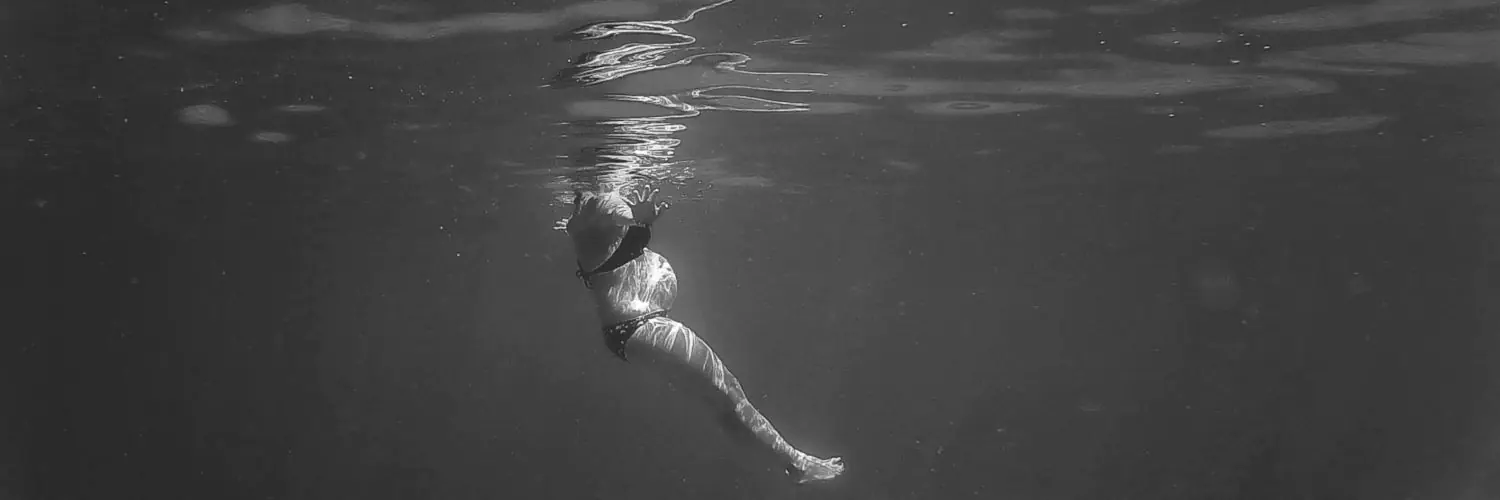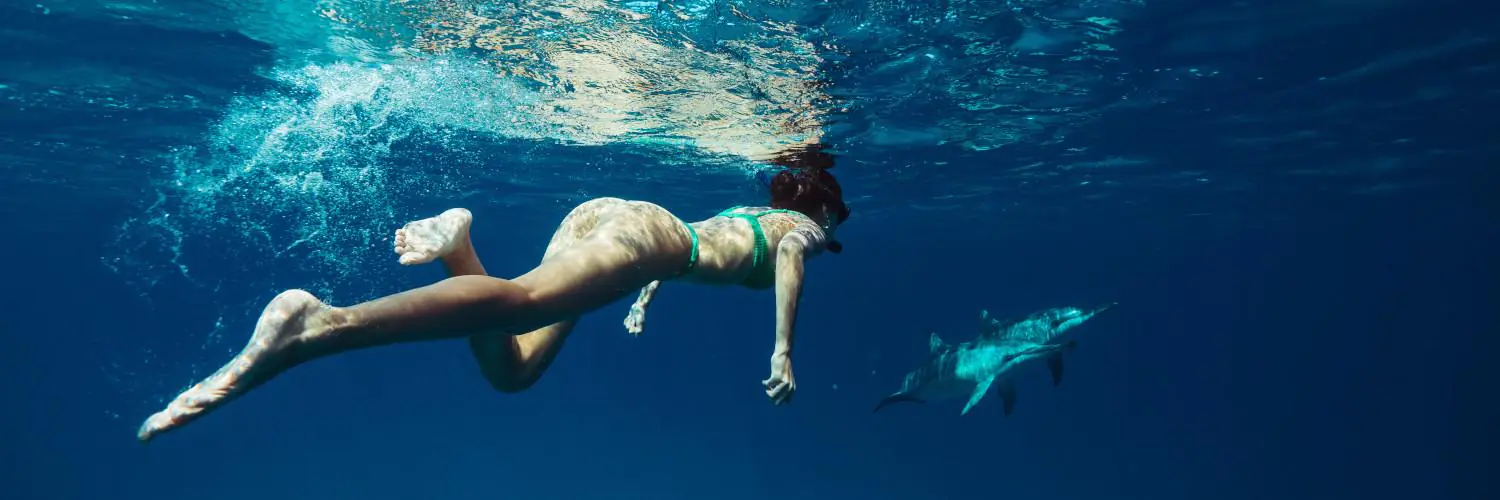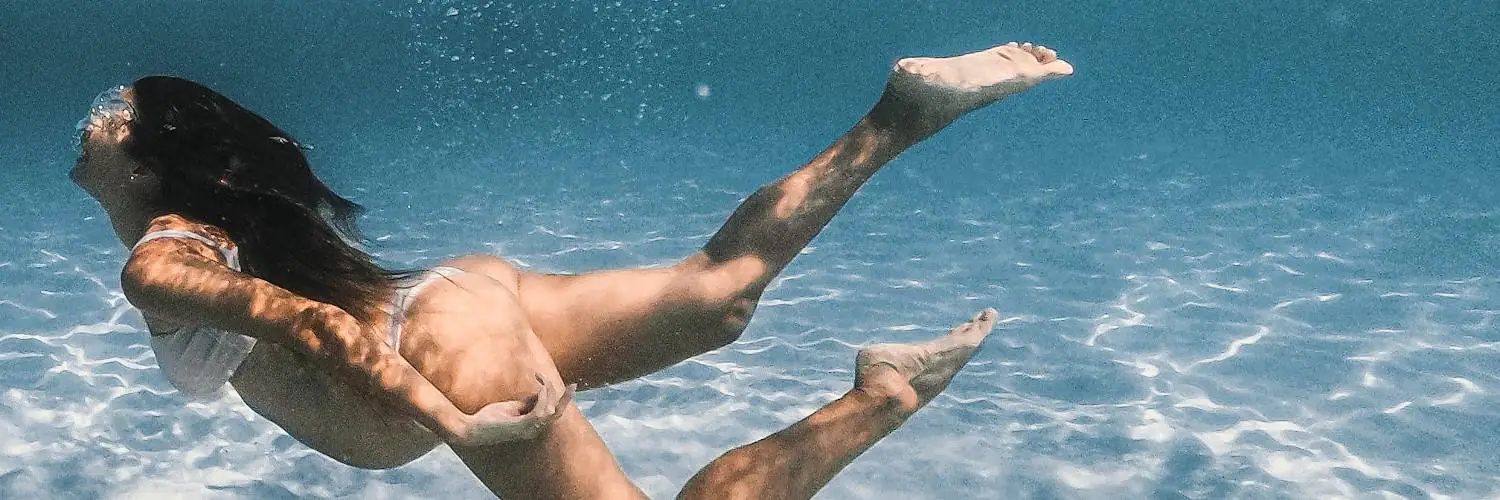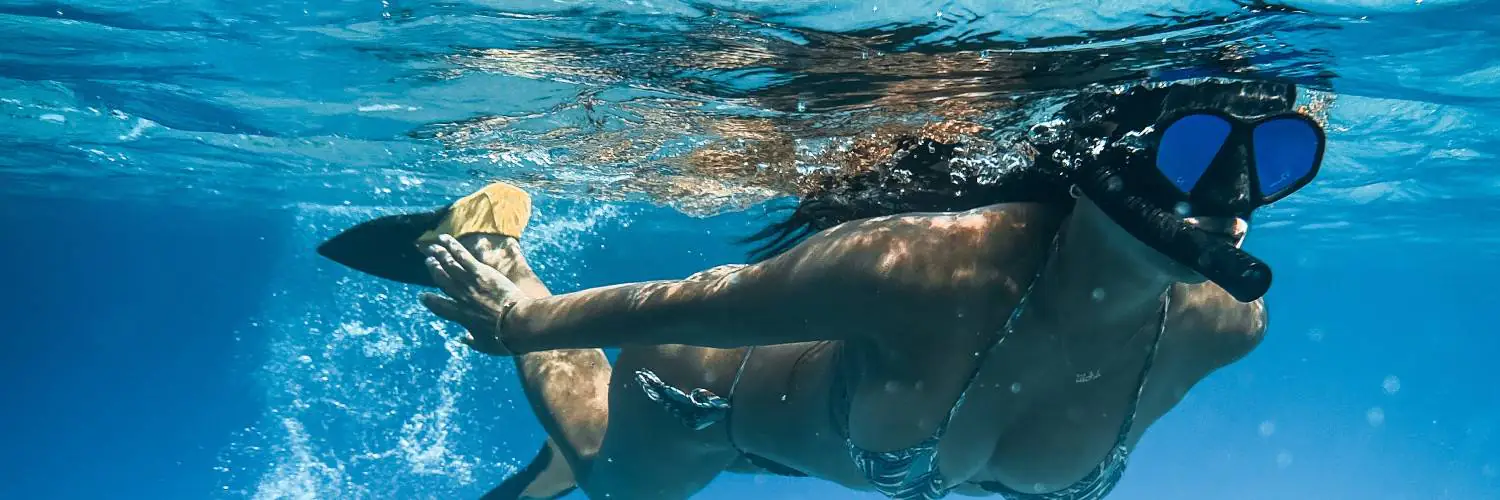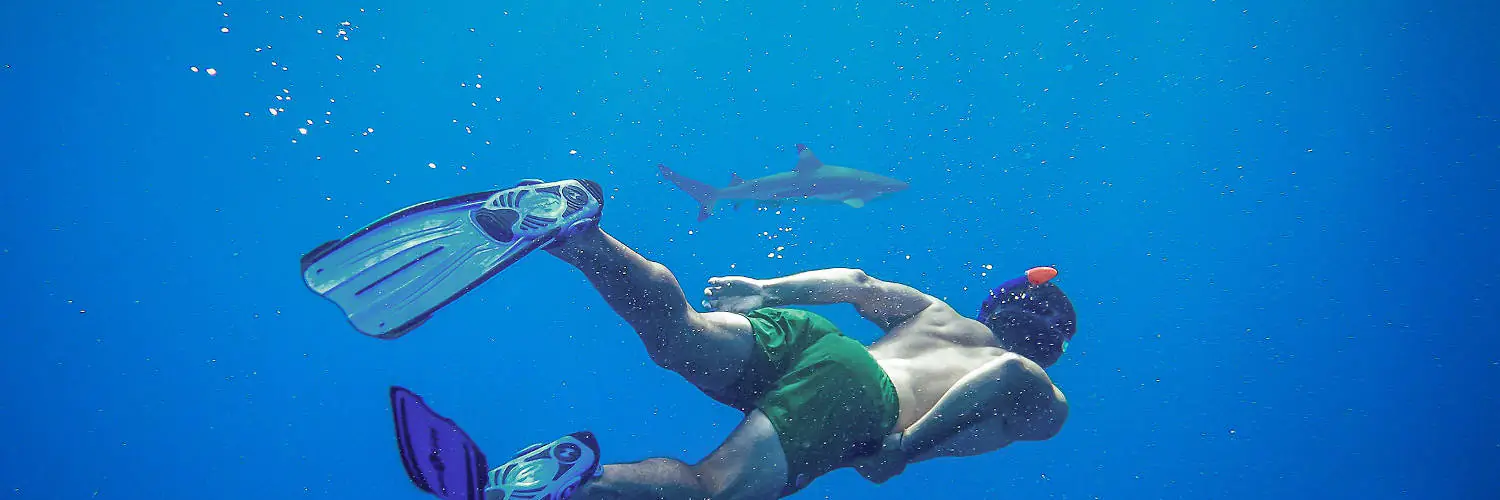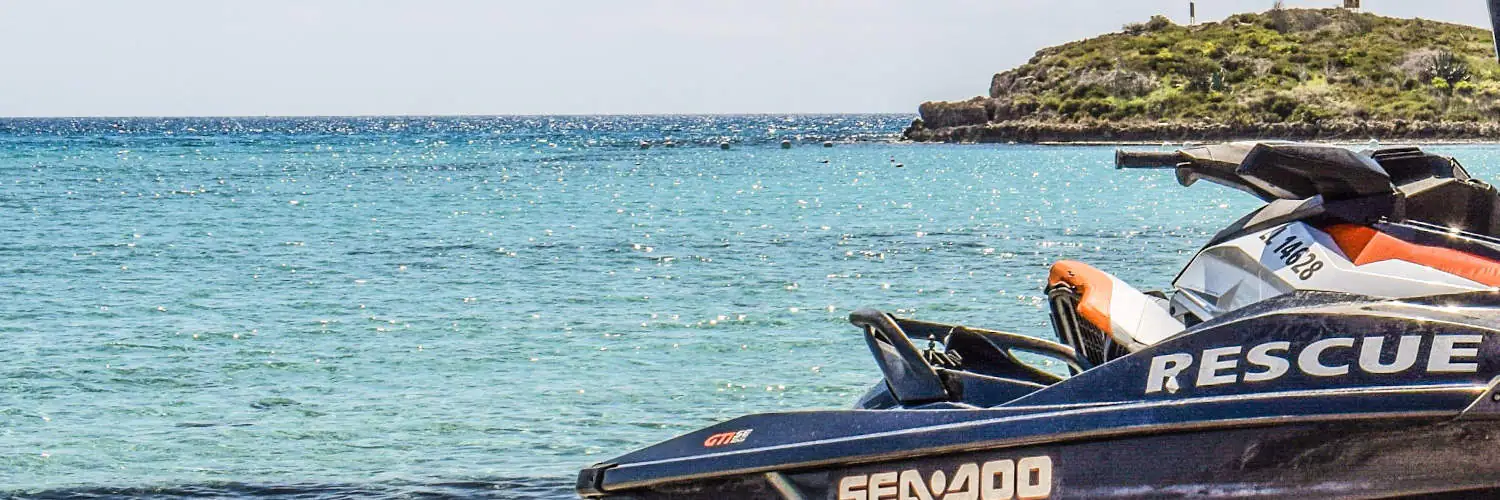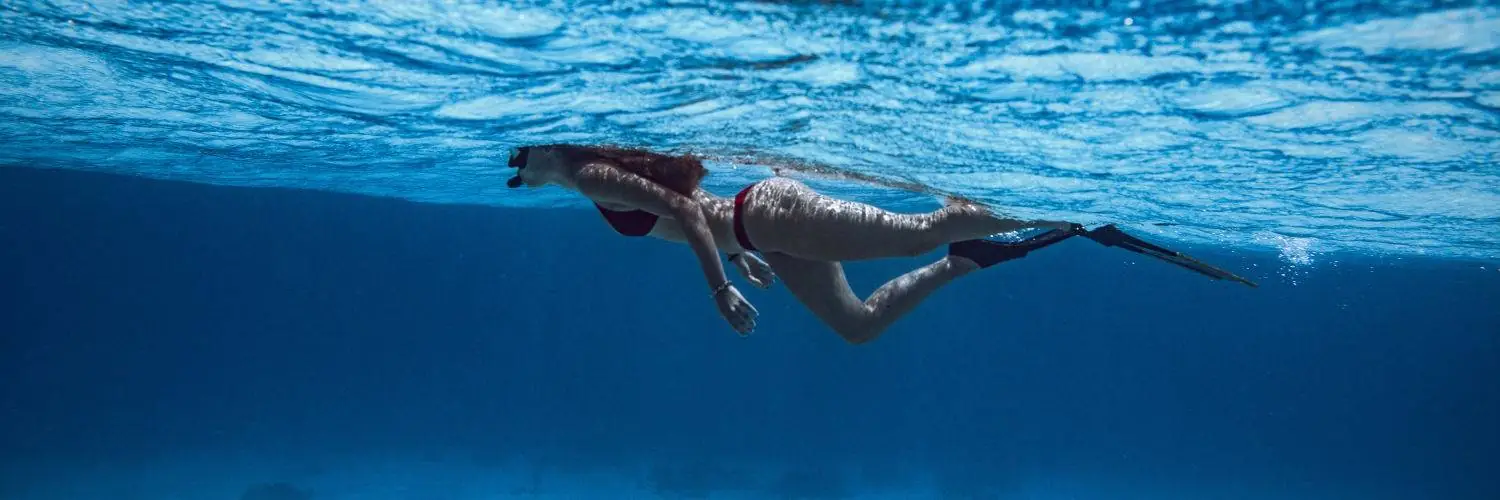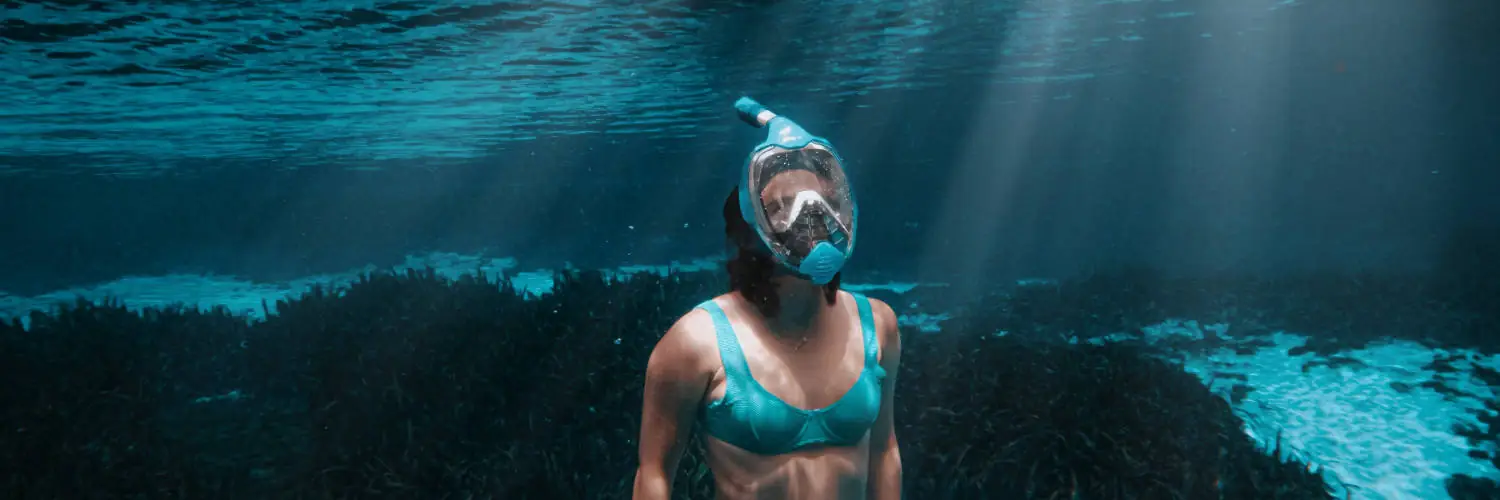Table of Contents
Snorkeling Gear for Adults: Essential Buying Guide
Snorkeling offers enthusiasts a chance to explore underwater life with ease and minimal equipment. The quintessential snorkeling gear for adults typically includes a mask, snorkel, and fins. The mask provides a clear view beneath the water while protecting the eyes from saltwater. A well-designed snorkel allows the user to breathe comfortably without lifting their head from the water, which is particularly useful during extended exploration. Fins contribute to efficient swimming, giving the snorkeler better control and the ability to conserve energy while navigating through currents.
Choosing the right snorkeling gear is crucial for both safety and comfort. The market provides a range of options tailored to various needs, from full-face masks that offer a broader view to ergonomic fins that reduce strain on the legs. Today, innovations like the full-face snorkel mask have enhanced the snorkeling experience by offering an integrated mask and snorkel that allows for natural breathing through both nose and mouth. Meanwhile, dry top snorkels prevent water from entering the tube, ensuring that breathing remains unobstructed even when diving underwater.
Adult snorkel sets come in various styles and sizes to accommodate different face shapes and personal preferences. Brands like Cressi and TUSA sport have been recognized for their reliable and comfortable designs. For instance, Cressi’s sets, such as the Palau model, often include the Onda mask, which is known for a good fit. Attention to detail in design, materials used, and additional features, like adjustable straps and anti-fog coatings, are factors that differentiate snorkel gear in terms of quality and user experience. Whether novice or experienced, selecting the right gear can greatly enhance the snorkeling adventure.
Understanding Snorkeling Gear Essentials
When one is preparing for snorkeling, the three core elements to focus on are the snorkel, mask, and fins. Ensuring the right fit and comfort is crucial for an enjoyable snorkeling experience.
Choosing the Right Snorkel
A snorkel is a tube that allows the snorkeler to breathe while their face is submerged. There are various types of snorkels, such as:
- Dry snorkel: Features a mechanism that prevents water from entering the tube when submerged.
- Semi-dry snorkel: Has a splash guard to minimize water entry from surface splashes.
- Classic snorkel: A simple design without any special valves.
The mouthpiece should be comfortable, as it will be held in the snorkeler’s mouth for the duration of their activity. A good mouthpiece is typically made of soft silicone for comfort and durability. It should not cause jaw fatigue, ensuring a more pleasant snorkeling experience.
Selecting the Appropriate Mask
A snorkeling mask creates an air space in front of the snorkeler’s eyes, allowing them to see underwater with clarity. Important features of a mask include:
- Fit: Should seal smoothly against the face to prevent water ingress.
- Comfort: Should not apply excessive pressure on the face; the straps should be easily adjustable.
- Silicone skirt: Ensures a tight seal and is more durable than PVC.
- Tempered glass: For safety and clarity of vision.
The mask should provide a wide field of vision and sit comfortably on the bridge of the nose without pinching. A mask with a silicone skirt is preferred as it molds to the contours of the face for a secure seal and increased comfort. The tempered glass is favored over standard glass because it is more resistant to scratches and shattering under pressure.
Exploring Types of Snorkeling Fins
Selecting the appropriate snorkeling fins is crucial for enhancing propulsion and ensuring a comfortable experience. The design and fit of a fin has a direct impact on the snorkeler’s performance and comfort in the water.
Full Foot vs Open Heel Fins
Full-foot fins are designed to be worn barefoot or with thin neoprene socks. These fins are typically lighter and ideal for snorkeling in warm waters as they offer a snug fit without the need for additional straps.
| Full-Foot Fins | Open-Heel Fins |
|---|---|
| Snug fit | Adjustable straps |
| Lighter construction | Heavier build |
| Typically used in warm water | Can be used in various water temperatures |
| No additional footwear required | Requires booties or thick socks |
In contrast, open-heel fins come with an adjustable strap around the heel, which allows for a more customizable and secure fit. They are often used with booties, which can provide both thermal protection and a sturdy fit, making them suitable for various water temperatures and conditions.
Short vs Long Fins
Short fins, also known as travel fins, offer greater ease of use for snorkelers, as their compact size makes them easy to pack and transport. They are less powerful than long fins but are often more comfortable for beginners due to their reduced stiffness.
- Pros of short fins:
- Greater maneuverability
- Lightweight and travel-friendly
- Usually more flexible
Long fins, on the other hand, provide more thrust and power per kick, which can be beneficial for covering larger distances with less effort. Their increased stiffness can be challenging for novice snorkelers, but it enables efficient propulsion, essential for fighting currents or swimming in open waters.
- Pros of long fins:
- More powerful thrust
- Better for longer distances
- Ideal for experienced snorkelers
A snorkeler’s choice between short and long fins will largely depend on their skill level, physical strength, and snorkeling conditions they expect to encounter.
Diving and Snorkeling Accessories
For any underwater adventure, the right accessories are crucial for safety, comfort, and enhancing the overall snorkeling experience. Adults should equip themselves with proper gear, from wetsuits to snorkel sets, ensuring both protection and enhanced visibility in the aquatic environment.
Wetsuits and Sunscreen
Wetsuits are essential for maintaining body temperature in various water conditions. They come in different thicknesses, suitable for warm and cold waters. A 5mm wetsuit tends to be appropriate for cooler climates, while a 2mm suit is typically sufficient for tropical destinations. Divers and snorkelers must apply broad-spectrum sunscreen to exposed skin, even under a wetsuit, as water reflects and amplifies UV rays, increasing the risk of sunburn.
-
Wetsuit Specifications:
- Material: Neoprene
- Thickness: Ranges from 2mm to 5mm
-
Sunscreen Recommendations:
- Type: Broad-spectrum
- SPF: Minimum of 30
Visibility and Comfort Enhancements
Snorkel masks are a key component, providing clear views of underwater life. An anti-fog coating can prevent condensation, aiding in consistent visibility. Masks should include a nose pocket, allowing equalization of ear pressure. For those with vision needs, a prescription mask is available with varying correction strengths.
Dry snorkel sets feature a mechanism to prevent water entry, offering a more comfortable experience with less water inhalation. The presence of a comfortable mouthpiece and a flexible tube adds to ease of use, while the dry top ensures breathing continuity with minimal disruption.
-
Mask Features:
- Anti-glare
- Comfortable pressure on face
- Nose pocket
-
Snorkel Set Components:
- Dry top
- Flexible tube
- Comfortable mouthpiece
Snorkeling Safety and Maintenance
Before venturing into the waters, a snorkeler must consider two critical aspects: safety measures to prevent accidents and proper maintenance to ensure the longevity of their gear.
Ensuring Safety While Snorkeling
Safety is paramount when snorkeling. A snorkeler should always use a mask that fits well to prevent leaks and ensure clear visibility. A snorkel with a purge valve is recommended as it allows water to be easily expelled from the breathing tube. The fins should be snug yet comfortable, allowing for effortless swimming without causing cramps. It’s crucial for snorkelers to opt for silicone-based masks and snorkels as silicone offers a better seal and comfort compared to plastic alternatives.
Material Checklist for Safe Gear:
- Mask: Silicone skirt for a proper seal and comfort
- Snorkel: Purge valve for easy water clearance
- Fins: Durable material that provides comfort and propulsion
Care and Durability of Gear
Proper maintenance of snorkeling gear extends its lifespan and aids in the prevention of equipment failure during use. Snorkelers should rinse their gear with fresh water after each use to remove salt, chlorine, or sand. The mask and snorkel should be checked regularly for any signs of wear such as cracks in the silicone or damage to the plastic. Also, to avoid material degradation, snorkeling equipment should not be exposed to direct sunlight for prolonged periods and should be dried in the shade.
Maintenance Guidelines:
- Rinse gear in fresh water after use
- Inspect silicone and plastic components for damage
- Dry equipment in the shade, away from direct sunlight
Regular attention to these details ensures that snorkelers have reliable gear that offers both safety and durability.
Advanced Snorkeling Equipment
Advancements in snorkeling equipment cater to the needs of experienced snorkelers by integrating modern technology and specialized designs, promoting efficiency and comfort during underwater explorations.
Specialized Gear for Experienced Snorkelers
Experienced snorkelers often seek equipment that can accommodate the rigors of activities like scuba diving, freediving, and spearfishing. Full-face masks have become popular, as they offer a broader view and integrated breathing system. For instance, the Cressi Palau Snorkel Set is favored for its comfortable fit and adaptability to different water conditions.
Snorkel fins need to be efficient and powerful, capable of deep dives and rapid movements. Manufacturers like Mares and US Divers provide fins designed for strength and agility, suitable even for challenging underwater activities. The fins are typically long, with channels that enhance thrust.
Technological Advancements in Snorkeling
Recent technological advancements in snorkeling equipment focus on performance and safety. Flexible snorkels, with a flexible tube design, adapt to the user’s face and reduce jaw fatigue, which is particularly beneficial in extended snorkeling sessions. For example, the Greatever Dry Snorkel Set features a specialized valve that prevents water entry.
Dry top snorkel sets, such as the Prodive Premium Dry Top Snorkel Set, use a mechanism to seal the snorkel’s tube upon immersion in water, ensuring that no water enters the breathing tube. This is particularly advantageous for both novice and experienced snorkelers, as it allows for uninterrupted breathing, and is also useful for kids snorkel sets, promoting safety and ease of use.

